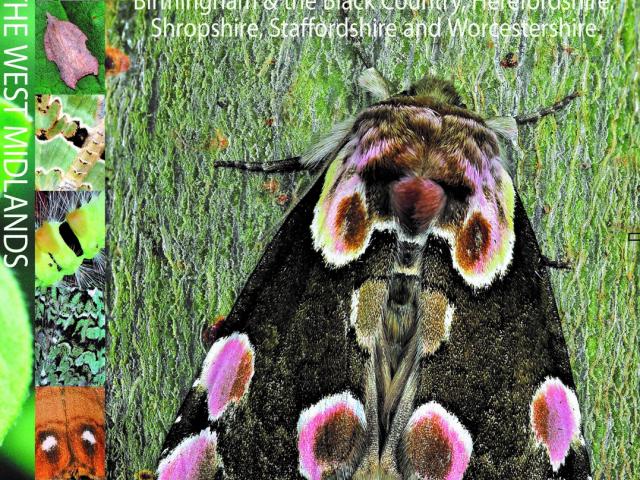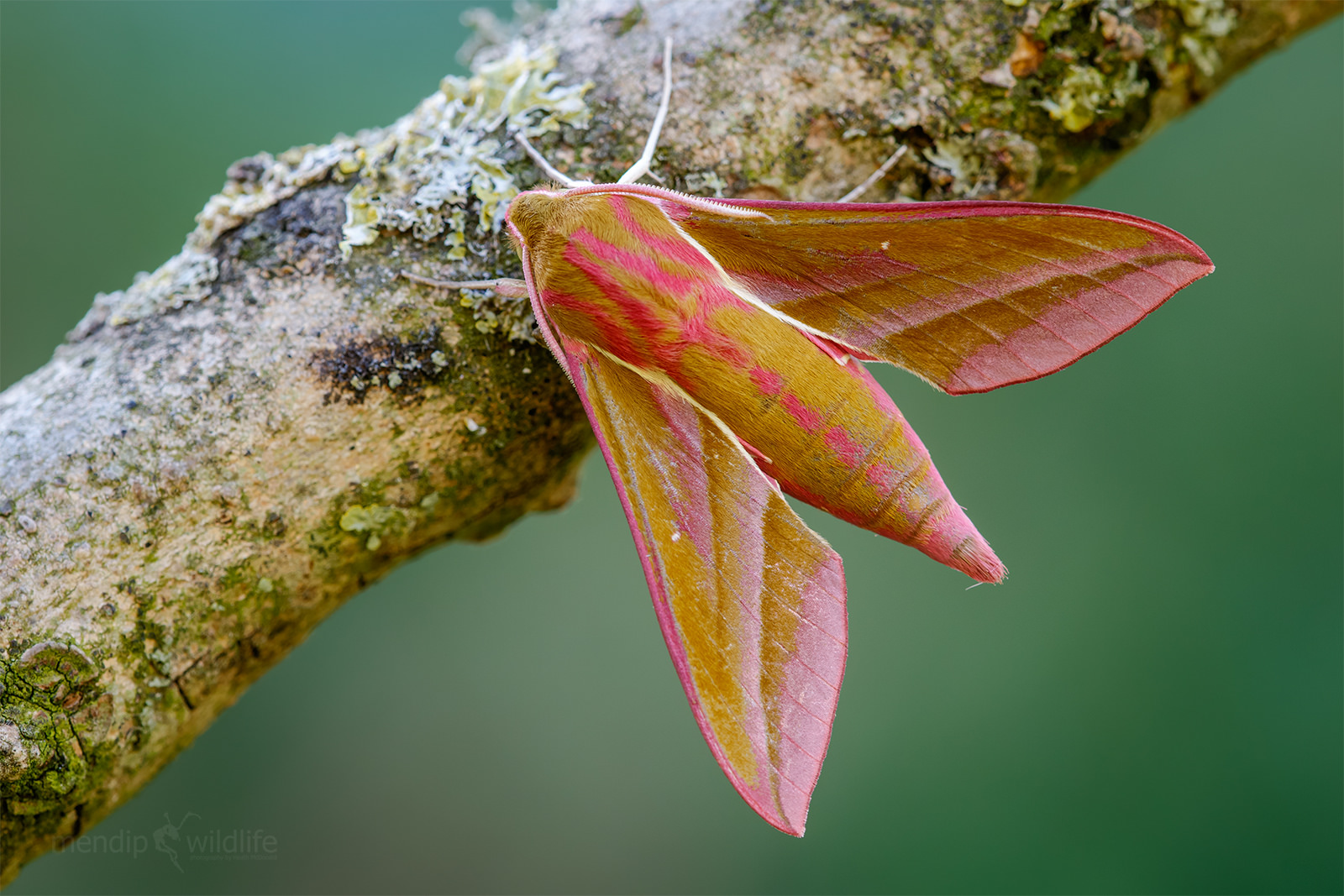A brand-new book celebrating the beauty and diversity of moths in the West Midlands area has just been published. It’s the first book ever produced covering over 600 of the larger moths in the West Midlands area as well as over 200 smaller moths.
Created by members of the West Midlands branch of Butterfly Conservation, the UK’s leading wildlife charity dedicated to protecting butterflies and moths, the book is based on thousands of records submitted by moth enthusiasts from the area over the last 20 years. While some moths are shown to have declined over this period there have been exciting and colourful species like the Hornet Clearwing moth and the exotic-sounding Clifden Nonpareil, which have become more common.
Ideal for anyone with an interest in moths, but also for complete beginners, joint editor, Ian Duncan said: “This book will be a perfect complement to the hugely successful companion volume 'The Butterflies of the West Midlands'. It will appeal to wildlife enthusiasts of all levels but particularly to beginners keen to learn and understand more about these fascinating insects.”

“All moths are beautifully illustrated with photos taken mainly by local photographers with information on when and where they are seen. The book also includes advice about how to attract and spot moths in your own garden”.
“Some of the very special and unusual moths in the region are highlighted, together with details of some of the hotspots for moths.”
In Herefordshire, the Black Mountains are home to the only English population of the Silurian moth, while other hotspots in the county include the Doward and the Woolhope Dome.
In Shropshire, the Meres and Mosses in the north of the county support many rare moths including the attractive Argent and Sable moth which has declined significantly in recent years. Other important sites include the Long Mynd and the Stiperstones which is the regional stronghold for the beautiful day-flying Forester moth.
In Staffordshire, Cannock Chase is one of only two English sites for the rare Welsh Clearwing which as a caterpillar lives under the bark of birch trees. Other important sites include the Staffordshire Moorlands and Chartley Moss near Stafford.
In Worcestershire, key sites include the old Forest of Feckenham and the Malvern Hills but the stand-out site is the Wyre Forest which is partly in Shropshire and boasts nearly 1,200 species of moths, nearly half the number recorded in Britain. A recent rediscovery there is the Narrow-bordered Bee Hawk which mimics a bumblebee in appearance. The Forest used to be the only English site for the very striking Kentish Glory moth which became sadly extinct there in the 1970s.
Birmingham and the Black Country has seen a major increase in the spectacular Scarlet Tiger moth which has taken advantage of areas of wasteland and the spread of a plant called Green Alkanet on which its caterpillars feed. Some of these Brownfield sites also support a number of rare moths and are worthy of conservation.
All profits from the sale of the book will help conserve moths and butterflies in the West Midlands. The book can be ordered online at Naturebureau.co.uk/bookshop.


